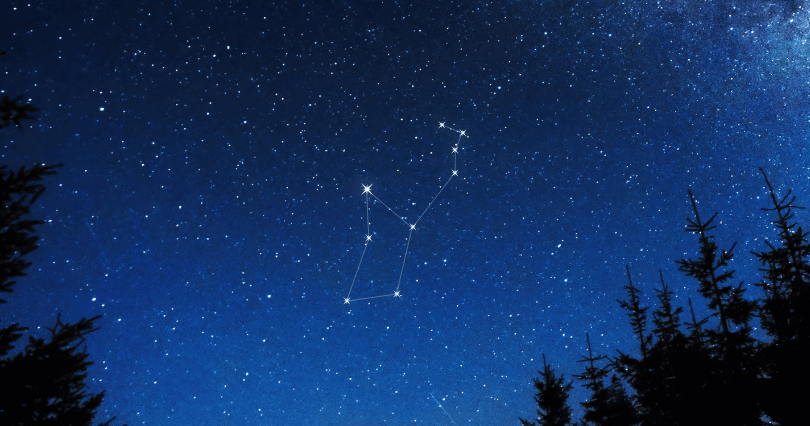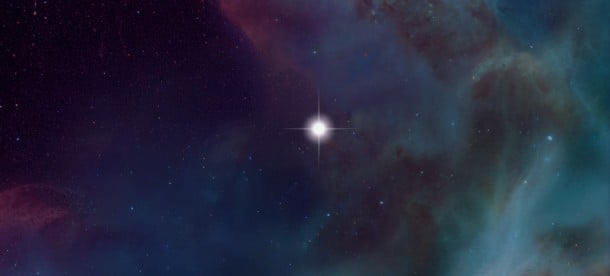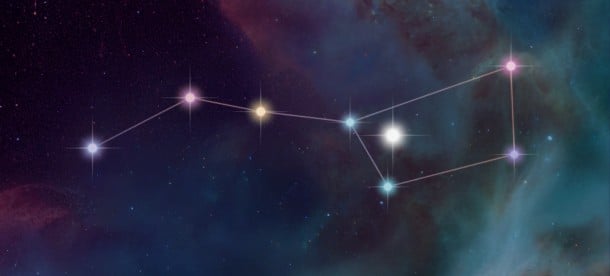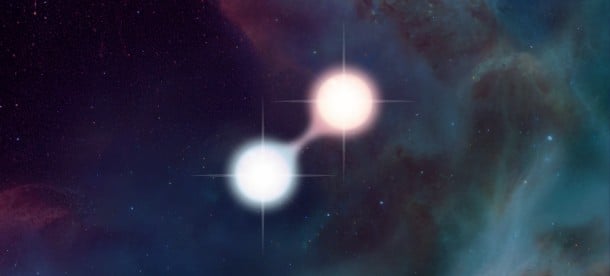Puppis Constellation

Puppis constellation is a very large constellation located in the southern hemisphere east of Canis Major in Milky Way. The constellation represents the stern of a ship. Only the brightest star is visible to all observers on the northern hemisphere, and the rest extends over the south one. It was first spotted and documented by Ptolemy in his list of 48 then-known constellations but as part of the Argo Navis constellation. In mid-18th century constellation became its own, thanks to French astronomer Nicolas de Lacaille and is known recognized and listed as one of the 88 modern constellations by IAU. De Lacaille believed that the Argo Navis was too large and he divided it into few more – the Stern, The Keel, and The Sails constellation, now known as Carina, Vela, and Puppis.
The best time to see it is during culmination in winter times, and only the brightest star of this constellation could be seen from the northern hemisphere. The rest extends on the southern hemisphere.
How to find Puppis constellation?
Puppis is the 20th constellation in size, and it is located in the second quadrant of the southern hemisphere. The constellation is visible to all observers at latitudes between +40° and -90°. This constellation belongs to the Heavenly Waters family of the constellation that consists of Carina, Columba, Delphinus, Equuleus, Eridanus, Pyxis, Piscis Austrinus, and Vela, and is bordered by Hydra, Carina, Canis Major, Vela, Pictor, Pyxis, Columba and Monoceros constellations.
Major stars in Puppis constellation
Puppis constellation is home of six stars with its known planets. The brightest star Zeta Puppis or Naos with a magnitude of 2.21. Three meteor showers are linked with the Puppis constellation: The Pi Puppids, the Zeta Puppids, and the Puppid-Velids. Also one of the brightest stars of Puppis constellation is Rho Puppis with magnitude 3.0. The star shines 22 times brighter than the Sun and is distant 65 light-years from the Earth. Puppis contains many deep-sky and Messier objects like the open clusters M46, M47, M93, the planetary nebulae NGC 2438, NGC 2440 and NGC 2467.
Mythology of the Puppis constellation
Argo Navis was the name of the ship that was in command of Greek hero Jason who he used to go on a trip to Colchis to steal the fur of the Aries (the Golden Fierce). He had help from Castor, Pollux, and Hercules. Jason wanted to steal the fur so he can give it to his brother Pelias who was at the throne as a present that could help him win the throne back. The Golden Fierce was guarded by a dragon, but Medea helped Jason and the Argonauts to steal the fur. In honor, both Fierce and Argo Navis was placed at the night sky as constellations.
Puppis is one of the three constellations that a long time ago were merged into Argo Navis by Ptolemy. The astronomers, especially famous French astronomer Nicolas Lacaille, thought that the constellation Argo Navis is too big, and divided it into three new, but still large ones: Carina, Puppis, and Vela constellation. That happened in the mid-18th century, and Puppis constellation is the largest one of all three.
Puppis contains no Alpha or Beta star since they are linked to the other constellation – Carina. However, it contains two bright stars with magnitude 2.0 and 3.0.
Choose your package
-
Lifetime Entry in Star Catalog
-
Guaranteed visible from your location
-
Star Finder app access


-
Free & express shipping available
-
PDF Emailed in Seconds
-
Everything from a Standard Star package
-
Choose a Star Constellation
-
Easier to find in the Sky




-
Free & express shipping available
-
PDF Emailed in Seconds
-
Everything from a Standard Star package
-
Name Two Stars together
-
Extra bright and Unique 2-Star Pair






-
Free & express shipping available
-
PDF Emailed in Seconds



